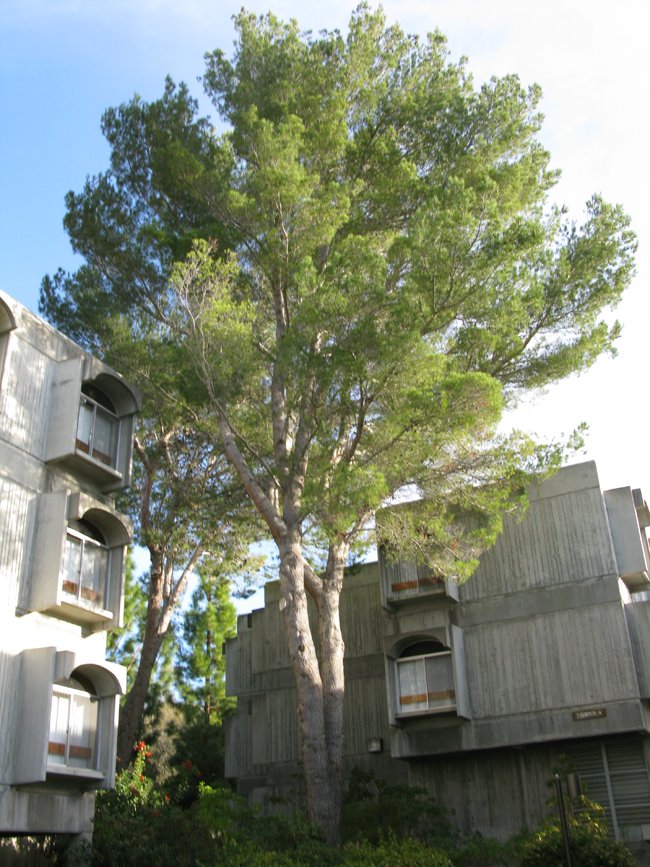
Projects
Drought Tolerant Trees
Tree canopy cover in cities increases property values, saves everyday Americans money on electric bills and makes the places we live and work great. California is the most urbanized state in the country, yet it also has the lowest per capita canopy cover. This is due to the warm, dry weather, lack of support for innovation in the nursery and tree care industries and lack of information for tree care professionals.
We need to plant species that are drought-tolerant and will thrive on the neglect and hardship that they encounter in our cities. Tough species like this are not available in the large quantities necessary to increase canopy cover through urban planting efforts. Nurseries cannot afford to grow trees they cannot sell, and buyers are wary of trees they don’t already know, so it is a difficult economic prospect for nurseries to expand their inventories.
UFI’s project addresses these compounding issues not only by selecting species well suited to urban environments and drought conditions, but also by educating growers, tree care professionals and related industries about those species, sourcing seeds so growers can expand their inventory and most importantly, connecting growers with buyers for those trees. This project will enact large-scale and long-term improvements to the strength of California’s economy and it’s urban forests.
Schoolyard Trees
In 2023, Cal Fire dedicated significant funds to schoolyard greening projects in California. This landmark initiative has the opportunity to greatly improve student health and overall quality of life for students in California schools.
Unfortunately, many tree plantings in California fail ten years after planting. If we are going to create long-term benefits for California’s children, we need to select the trees with the highest likelihood of survival. Species selection is the number one contributor to the long-term success of an urban tree. If the wrong species are planted, they will either not survive or come into conflict with human needs and desires and be removed.
In this project, we developed the schoolyard tree data and augmented an existing and widely-used web-based tree selection guide, SelecTree, to provide this information to schools, districts, and other stakeholders. In collaboration with CAL FIRE, Green Schoolyards America, and other partners, we will developed region-specific, climate-adapted species lists suitable for schoolyard applications. These lists considered species attributes such as ease of care and educational value, among other considerations. Regionally specific information about schoolyard trees is available to the public via SelecTree. Users can query schoolyard trees appropriate to the area and overlay those results with any other species attributes their project requires, such as tree height, foliage type, etc. Or, they can view a list of all schoolyard trees for California. Additionally, users can make and share tree lists that they create. In this way, decision-makers have regionally specific science-based information upon which to make their tree selections, ensuring that California’s schoolchildren receive all the benefits of a green schoolyard.



